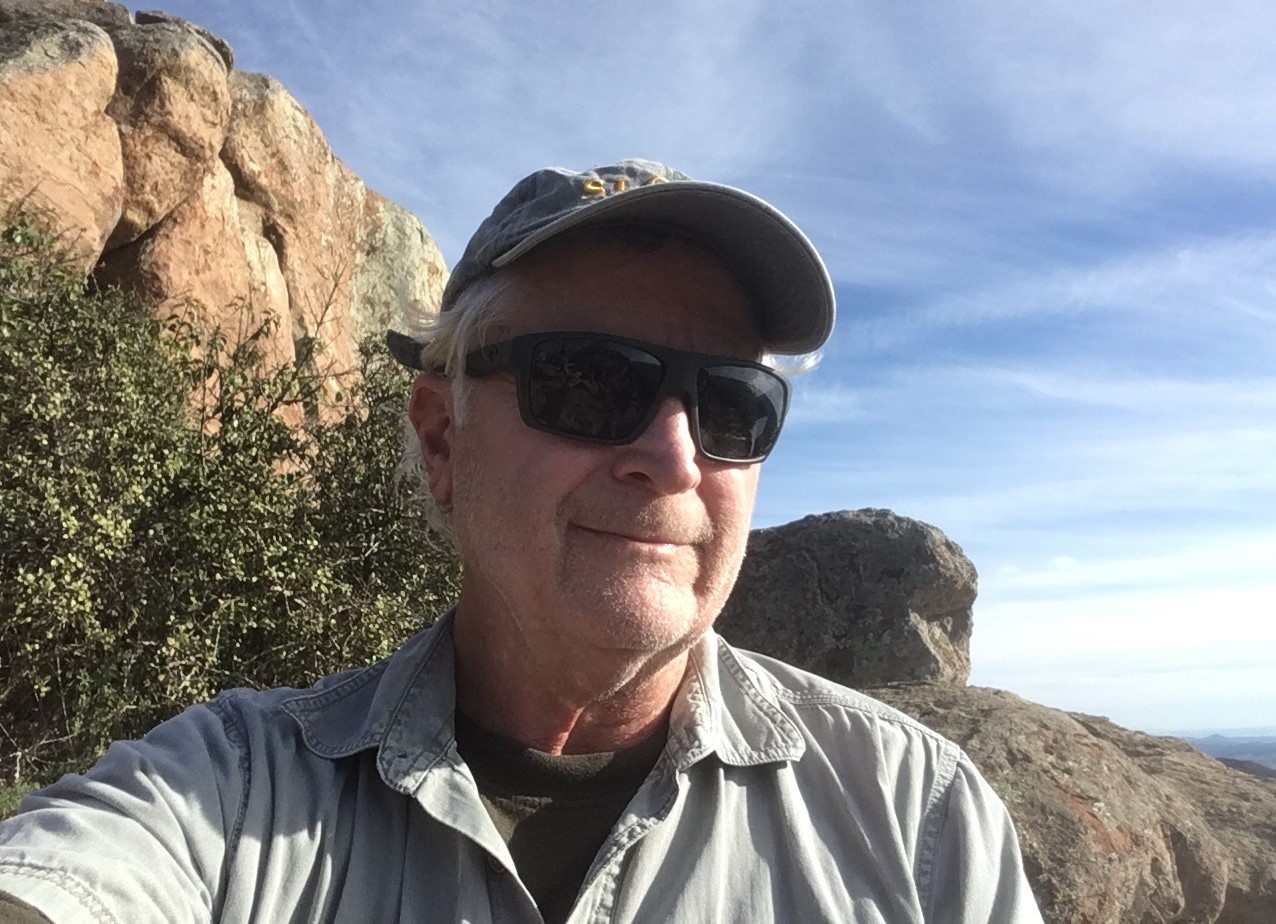Searching for Fossils – Paleontological Sites of Western North America
 Study fossil forming processes and geologic dating methods. Distinguish between different
fossil types, examples including altered and unaltered fossil finds, petrified wood
and bones, carbon imprints, casts and molds, and trace fossils. Observe paleontologists
at work in the field and lab…carefully excavating, identifying, and reconstructing
their fossil finds.
Study fossil forming processes and geologic dating methods. Distinguish between different
fossil types, examples including altered and unaltered fossil finds, petrified wood
and bones, carbon imprints, casts and molds, and trace fossils. Observe paleontologists
at work in the field and lab…carefully excavating, identifying, and reconstructing
their fossil finds.
Well-known fossil locations in the Western U.S. are featured - accessible for visitation by the public - including sites at the famous La Brea Tar Pits in California, Ginkgo Petrified Forest and the John Day fossil beds in Oregon, Dinosaur National Monument in Utah, Ichthyosaur State Park in the deserts of Nevada, Petrified Forest National Park in the Painted Desert of Arizona, the dinosaur track ways in Colorado, and petrified trees still standing on the volcanic slopes in Yellowstone National Park in Wyoming.
 Take a virtual field trip locally, traveling eastward along Highway 58 in San Luis
Obispo County. The route follows a geological transect in time spanning tens of millions
of years, a ‘slice in time’, reconstructing ancient shorelines of an inland sea and
subsequent mountain uplift of granitic and sedimentary rock formations along fault
zones within the present day Coast Ranges. Examine marine shells embedded in ancient
sandstones and shale outcrops along the field trip route, and evidence of the Ice
Age mega-fauna that roamed these local terrains long ago.
Take a virtual field trip locally, traveling eastward along Highway 58 in San Luis
Obispo County. The route follows a geological transect in time spanning tens of millions
of years, a ‘slice in time’, reconstructing ancient shorelines of an inland sea and
subsequent mountain uplift of granitic and sedimentary rock formations along fault
zones within the present day Coast Ranges. Examine marine shells embedded in ancient
sandstones and shale outcrops along the field trip route, and evidence of the Ice
Age mega-fauna that roamed these local terrains long ago.
Register Online - cancelled
DATES: 1 Saturday: September 21, 2024
TIME: 9:00 - 10:30am
FEE: $15
LOCATION: Online
MODE OF DELIVERY: Live Remote - Zoom; Lecture & guided virtual field trip
INSTRUCTOR: Steve Schubert
QUESTIONS: Contact instructor at s_schub1@msn.com
| Meet the instructor | |
|---|---|
 |
Steve attended college at Cal Poly, San Luis Obispo and received a Master’s degree in Field Biology and a Life Sciences Secondary Teaching Credential. He taught high school biology and earth sciences for several years, has taught natural history courses for Cuesta College Community Programs more than 25 years and works as a naturalist instructor at a local residential outdoor school program called Camp KEEP (Kern Environmental Education Program), attended by more than 3,000 6th grade students each school year. He served on the committee that published the book “Wildflowers of San Luis Obispo” and the eBook “Plants of the Carrizo Plain”. Steve authored the book entitled “The Peregrine Falcons of Morro Rock – A 50-year History”, available at Amazon.com. He is past-President of Morro Coast Audubon Society and is the Volunteer Coordinator of the Hi Mountain Lookout Project (www.facebook.com/condorlookout), a restored fire lookout in Los Padres National Forest where volunteers and college interns radiotrack the movements of California Condors and conduct biological field research projects. He has been a speaker and field trip leader for the Morro Bay Winter Bird Festival each year since its inception more than 20 years ago. Steve enjoys kayaking, running, biking, hiking, playing basketball, and wildlife and landscape photography (photos at: http://www.flickr.com/photos/12571965@N07 |